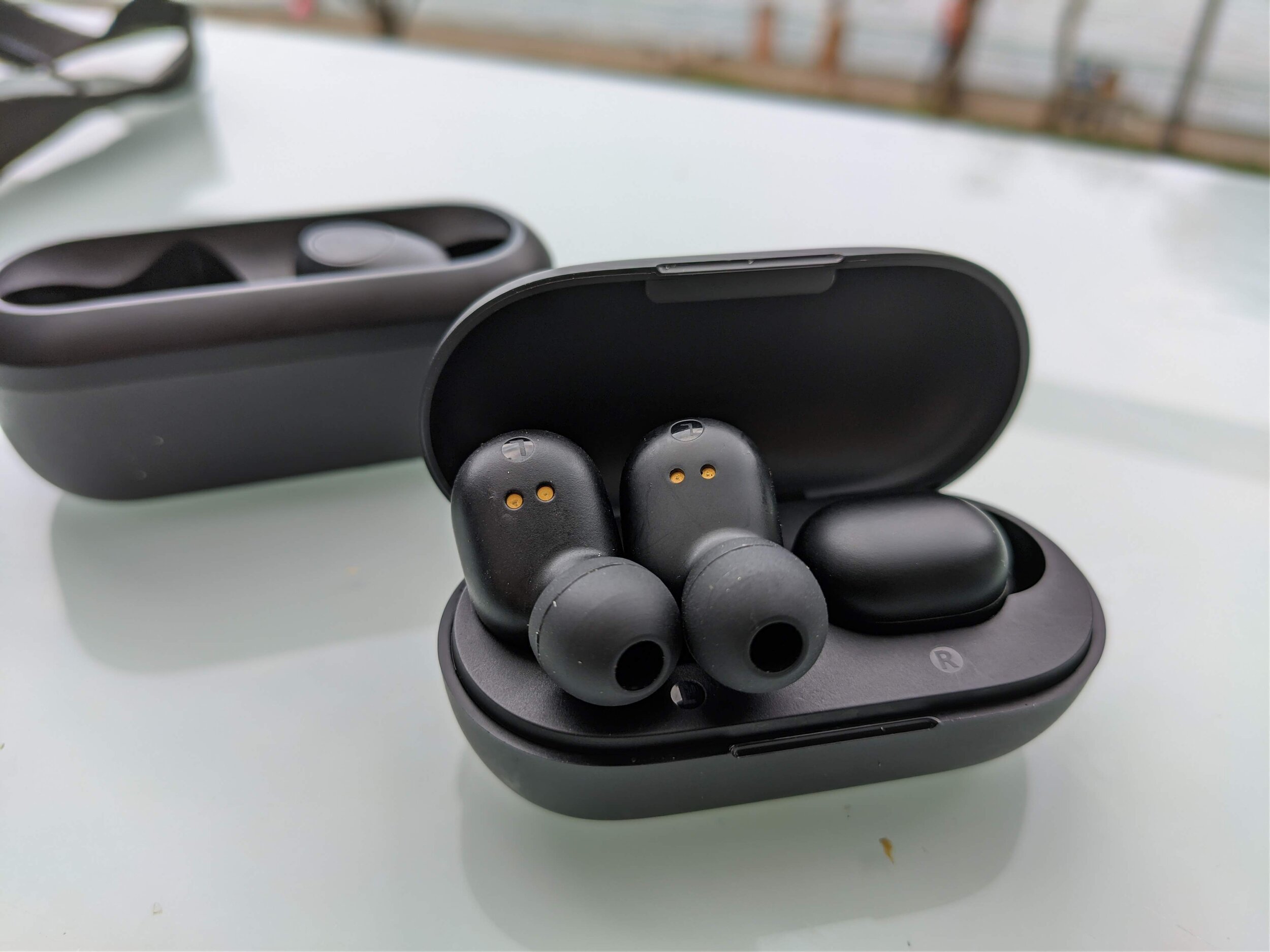Is the Xiaomi Mi Air 2S TSW Is Worth YOUR Attention?
/The Xiaomi Mi Dots weren’t necessarily the best TSW earbuds ever released - leaving us wondering if the Chinese company Xiaomi had peaked after a record-breaking amount of world changing releases. Announced yesterday, the Xiaomi Mi Air 2S TSW could be the company’s return to glory - but will it improve a lot over the already existing Xiaomi Mi Air 2?
Being released at roughly $56, the Xiaomi Mi Air 2S TSW features a lot of spark for your cash. Firstly, Xiaomi revealed that the Xiaomi Mi Air 2S TSW comes with an upgraded dual-core chipset, featuring a new binaural syncrhonous transmission technology - To put it in everyday terms, the Xiaomi Mi Air 2S TSW will better the earbuds’ abilities to synchronize both earbuds during listening, meaning that the Xiaomi Mi Air 2S TSW could potentially feature really impressive latency results.
To further its low latency focus, Xiaomi has included LHDC Bluetooth decoding, Bluetooth 5.0 and a low-latency mode that automatically turns on during use. With both the hardware and software focused on providing a low-latency experience, the Xiaomi Mi Air 2S TSW may be truly remarkable for gamers and content-viewers alike.
In sweetening the deal, the Xiaomi Mi Air 2S TSW also includes support for Xiaomi’s XiaoAI assistent, and a dual-microphone array, ensuring that phone calls and speech recognition will be superb in Xiaomi’s new wireless earbud. Furthermore, the earbuds will feature a 5 hour charge, with up to 24 hours when its new wireless-charging is used to charge it.
But to answer the question raised in the first paragraph, we don’t believe that these differences will be significant enough to sway those who already own the Mi Air 2 to upgrade. Not only does the Mi Air 2 already include the same LHDC decoding, but it can now be found for cheaper, making it the better deal than ever. Perhaps the inclusion of noise cancellation or the Qualcomm 3020 chip could have made the Xiaomi Mi Air 2S TSW a better deal. Nevertheless, the improvements to low-latency await to be seen, and could change this opinion when the earbuds officially launch.
The Xiaomi Mi Air 2S TSW will have a China-exclusive release on April 9, with plans for a release in other countries not in sight.
Are you excited for Xiaomi’s new attempt in the wireless earbud space? Let us know in the comment section below!
Want to watch a video version of this article? Click here
Want to read about how the K30 Pro destroys its competition? Click here








